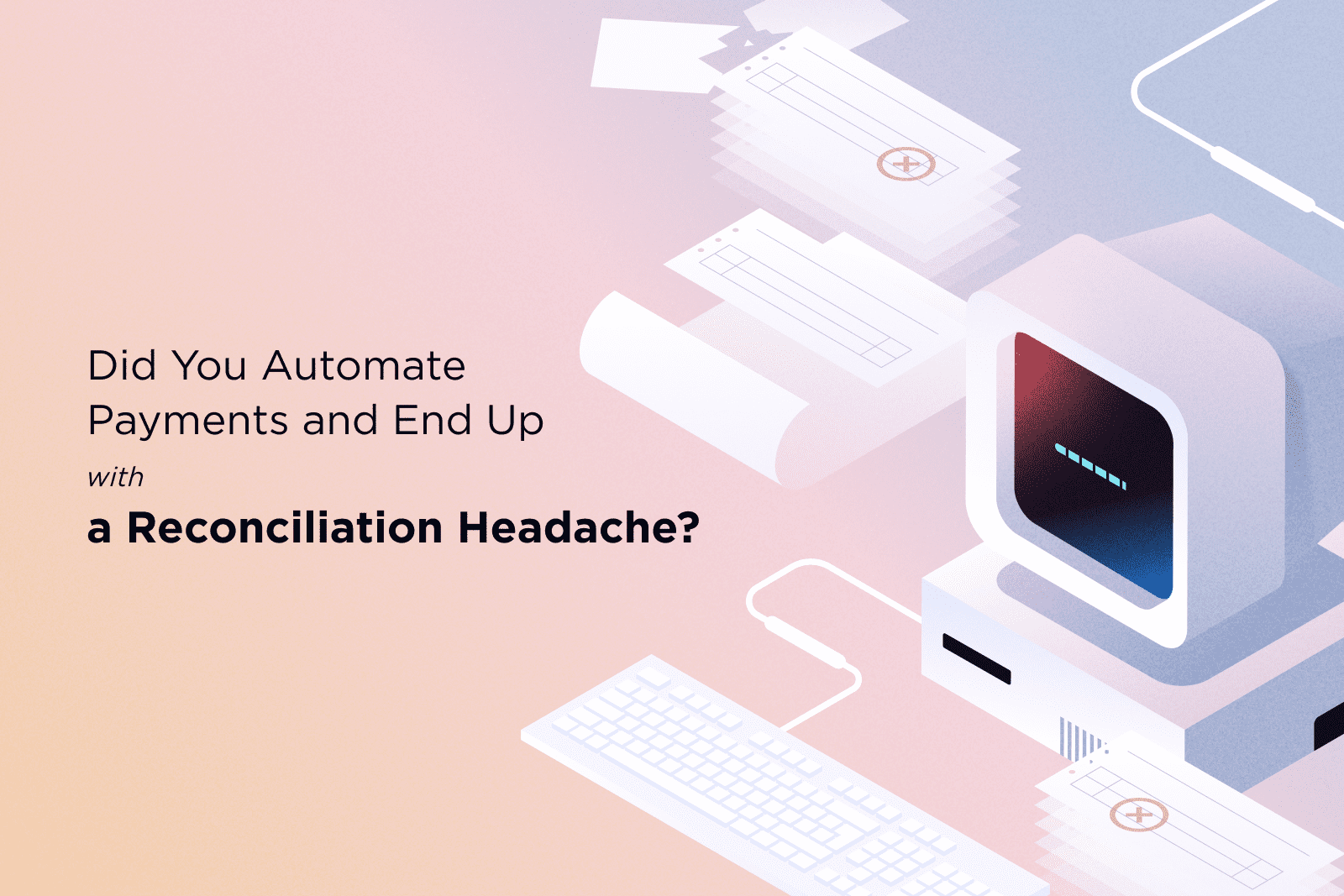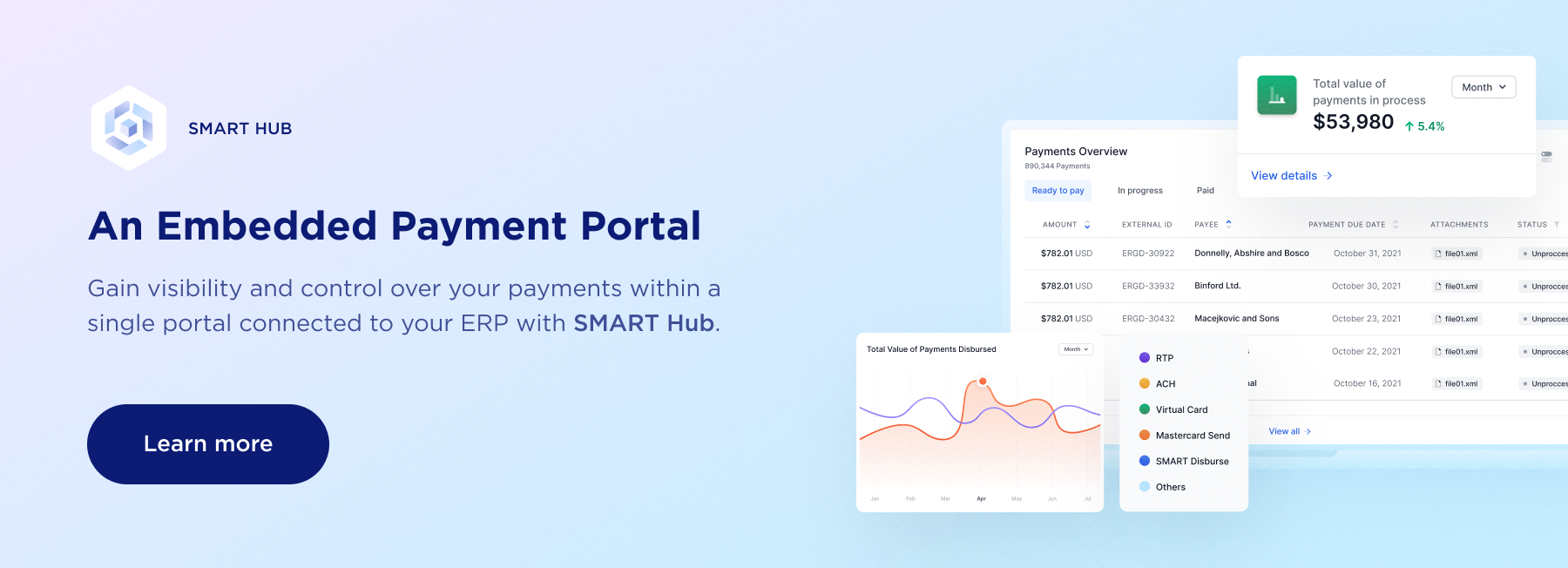Keeping accurate financial records is a fundamental responsibility for a finance department.
Errors and delays in reconciling transactions can result in:
- inaccurate financial reportin
- difficulty forecasting cash
- strained relationships with suppliers caused by slow payments
- missed opportunities to capture early payment discounts
- fraudulent payments slipping through the cracks undetected
But reconciling payments is easier said than done for most businesses, even those that have automated their outbound payments using a solution such as Bill.com, CSI, or One Inc.
Whether it’s done on a daily, weekly, or monthly basis, manually verifying that bank statements and account records balance is a time-consuming and error-prone task that bogs finance teams down.
In fact, delays in closing the financial books at the month or quarter end can often be traced to slow payment reconciliation processes. The problem only gets worse as a business grows globally and must support more bank accounts and payment methods across multiple currencies and countries.
That’s not to say that small businesses with a low volume of payments drawn on only a few bank accounts aren’t burdened by manual payment reconciliation. All the time that staff waste reconciling bank statements and account records is time they can’t spend on growth-generating activities.
Not surprising - payment reconciliation ranks among the top tasks that finance pros would like to eliminate, according to a 2022 study by the Institute of Finance and Management (IOFM).
While more businesses are digitizing the way they make and manage payments to suppliers and individuals, reconciliation remains largely manual.
The problem is that systems such as Bill.com, CSI, and One Inc. weren’t designed with reconciliation in mind. They were built to make payments. In many cases, electronic payment solutions such as Bill.com and One Inc. aren’t fully integrated with the legacy systems that businesses use. Reconciling payments with these systems often requires staff to rekey data, manually update accounts, and maintain spreadsheets detailing transaction details.
And many payment solutions providers offer only limited support when discrepancies occur.
What’s more, the API connections offered by some providers of payment solutions, accounting software and ERPs don’t support all the transaction data included in a bank payment feed.
Businesses need better reconciliation tools than what Bill.com, CSI, and One Inc. offer.
Automated Real-Time Payment Reconciliation
Embedded payment solutions – a new breed of payment automation technology that is pre-integrated with any legacy accounting software, enterprise resource planning (ERP) application, or system of record – uniquely overcome the challenges of reconciling bank statements and account records.
By integrating with any legacy system, embedded payment solutions can reconcile payments in real-time, eliminating the need to manually update systems, re-key data, or maintain spreadsheets. Payment accounts, general ledger information, and balance sheet totals are automatically updated.
Users can drill down into the details of payments, including the total amount of the payment, when the payment was initiated > processed > and completed, the payment method used, and any errors.
Embedded payment solutions streamline payment reconciliation regardless of whether a payment was made via Automated Clearing House (ACH), Real-Time Payment, virtual card, push the payment to a debit card, wire transfer, Zelle, PayPal, cross-border payment, or any other payment method.
Automating the reconciliation of payments enables businesses of all sizes to:
- improve the accuracy of their financial records
- close their books faster
- reduce their administrative burden
- proactively identify suspicious transactions that may indicate fraud
- free up their finance staff to focus more time on the things that matter most
Automated payment reconciliation also enables fast-growing businesses to efficiently scale their financial operations, without the need to hire additional staff.
Automated reconciliation also enables businesses to act quickly on any payment exceptions.
End Manual Payment Reconciliation
Payment reconciliation is a critical part of the finance function. But embedded payment solutions make it easy to keep records accurate and updated.
If payment reconciliation is a burden on your business embedded payments may be the solution.





